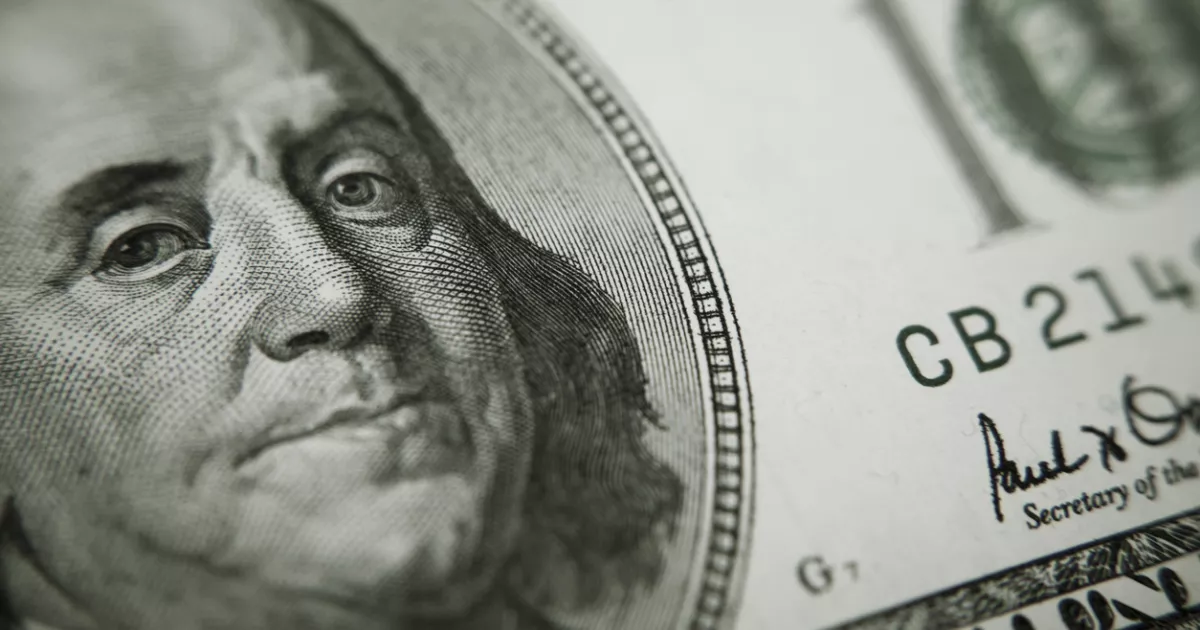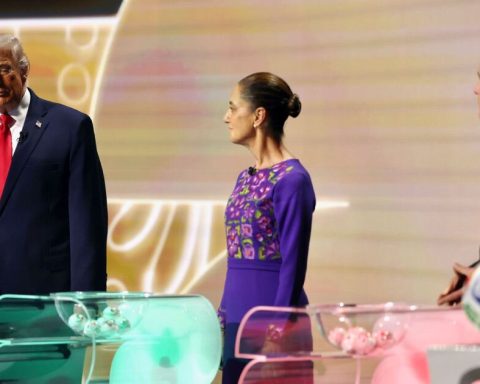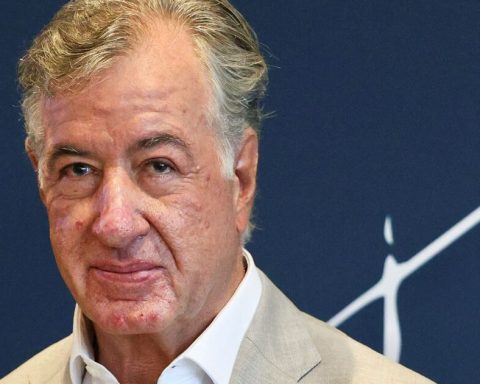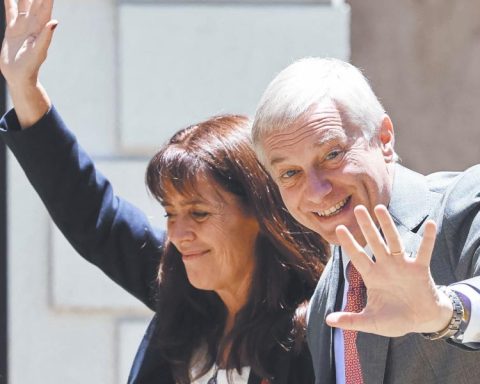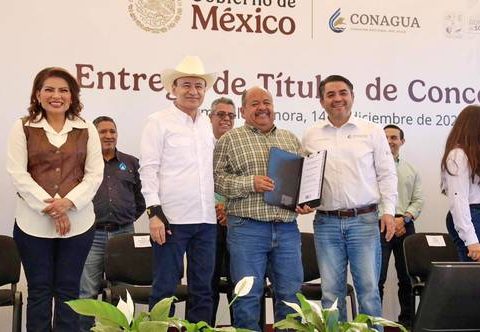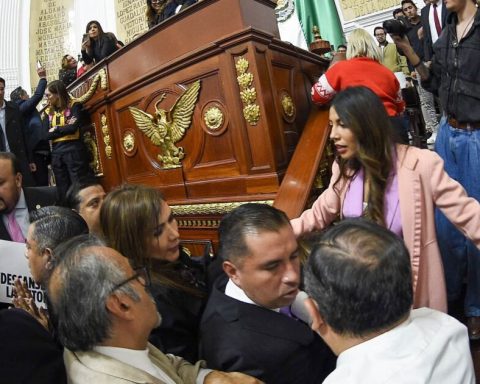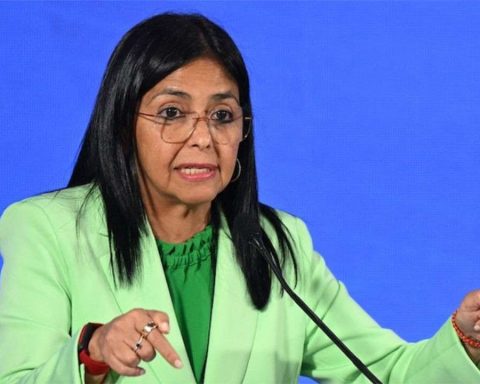There was surprise among analysts, who did not expect another upward revision.
If compared with the previous quarter, GDP grew 0.8% -similar to that of other advanced economies- compared to the 0.6% initially estimated.
Household consumption between July and September was higher than initially estimated, as was non-residential fixed investment, according to the Commerce Department.
“Despite rapidly rising interest rates, the economy is growing and, most importantly, households are still spending. However, between now and 2023, we expect slower growth, although we do not expect activity to slow down. contract,” said Rubeela Farooqi, HFE chief cabinet economist.
The US Federal Reserve (Fed) has been raising interest rates since March to reduce inflation.
Last week he increased them again, albeit by a smaller amount, and warned that he would keep them high for a while longer to ensure that inflation slows down.
According to Farooqi, “even if growth slows below potential” in 2023, “attention to lowering inflation means rates will stay higher for longer next year.”
The GDP contracted during the first two quarters of the year by 1.6% and 0.6%, respectively, at an annual rate. However, the government does not consider that the United States is in a recessionary period.
Although two consecutive quarters of falling GDP fit the definition of a recession, the strength of the labor market, in particular, does not make it possible to hold that to be the case in the world’s largest economy.
